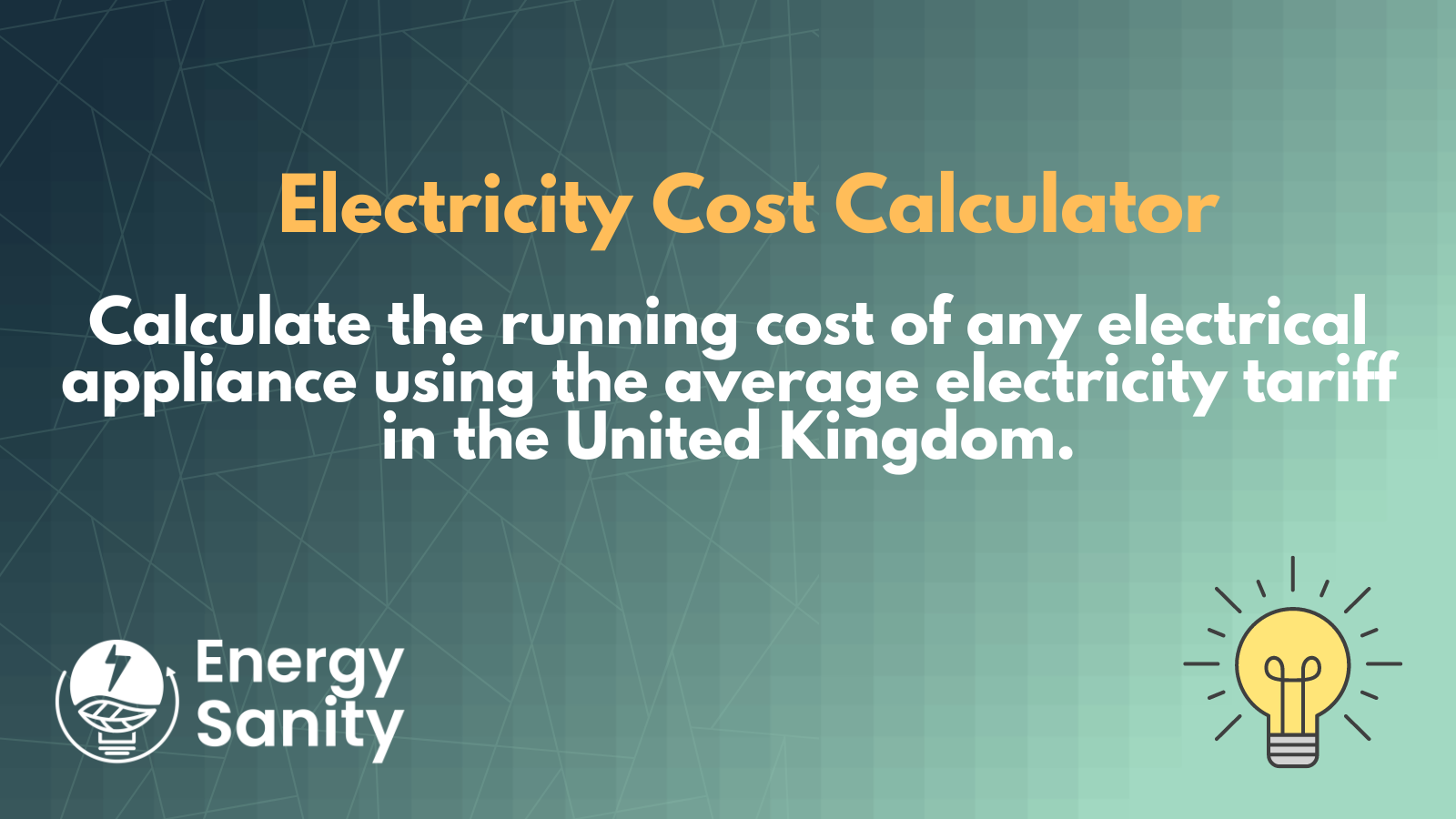How can wind energy be used more efficiently?
Turbines are becoming a more popular way to use wind energy, but there are still some ways to make them more efficient.
In this blog post, we will outline the different ways that turbines can be improved and how people can help make this happen.
We hope that this information will help those who are interested in using wind energy in their home or property. Thank you for reading!
How efficient is wind power?
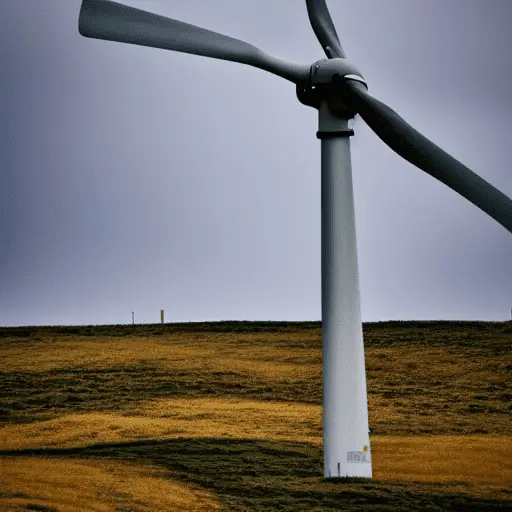
Thank you for reading this post 🙌 - don't forget to take advantage of our New Free Tools: Electricity Cost Calculator and Energy Bill Calculator 👇
Energy Bill Calculator
Our Energy Bill Calculator is designed to help you estimate your electricity costs in the…
Electricity Cost Calculator
Do you want to know how much your electrical appliances are costing you every month?…
Wind turbines use the kinetic energy of the wind to generate electricity. However, there is a limit to how much energy a wind turbine can generate. When the wind speed is too high, the turbine will shut down and not produce energy. A wind turbine is designed to operate at a specific speed, so the maximum amount of energy will be generated at about 20 mph.
However, wind power is still a relatively new technology compared to fossil fuels, so it will take some time to develop and reach its full potential. To get the most out of wind power, new technologies must be developed to reduce costs, improve energy production, develop infrastructure, reduce environmental impact, and increase reliability. Wind turbines also tend to be bulky and looming, and many people don’t like the sight of them.
Another challenge of wind energy is its unpredictable nature. Wind turbines are not aesthetically pleasing and can be a nuisance to wildlife. In addition to this, wind farms can be costly to install. However, the operating cost of wind turbines is very low. Another benefit is that wind turbines don’t need much maintenance.
What is a wind turbine?
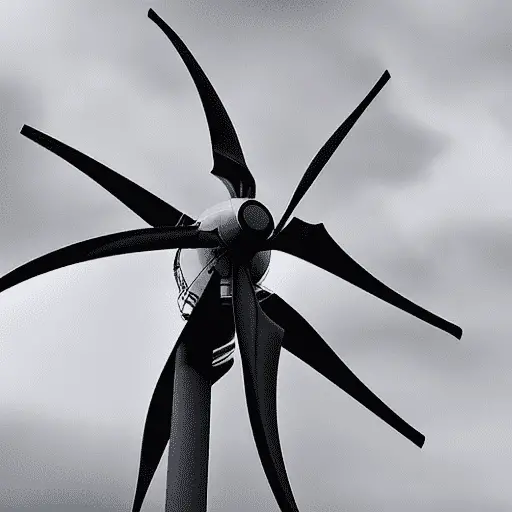
Wind turbines are a type of renewable energy technology that takes advantage of the kinetic energy of wind. They are generally three bladed, horizontal devices. Their main purpose is to provide power for the electrical grid. They can also serve other, unconventional functions, such as public relations and technology demonstrations. One example of a wind turbine used for public demonstrations is the Quietrevolution QR5 Gorlov type vertical axis wind turbine. This turbine measures three meters in diameter and five meters in height. It produces 6.5 kW of power to the grid.
Wind turbines are giants in the world of renewable energy. They are often located in remote areas, far from towns and cities. When the wind blows, the turbine’s blades turn, turning a rotor that rotates a generator. These turbines produce electricity, and can even power a light bulb.
The nacelle of a wind turbine contains a generator and a set of gears. These gears convert the speed of the rotor to the speed of the generator. The generator then converts the rotational energy into usable electricity. A great video explaining the process of wind turbines is available on the MidAmerican Energy Company’s website. This video also provides a good overview of the different parts of a wind turbine.
How does a wind turbine work?
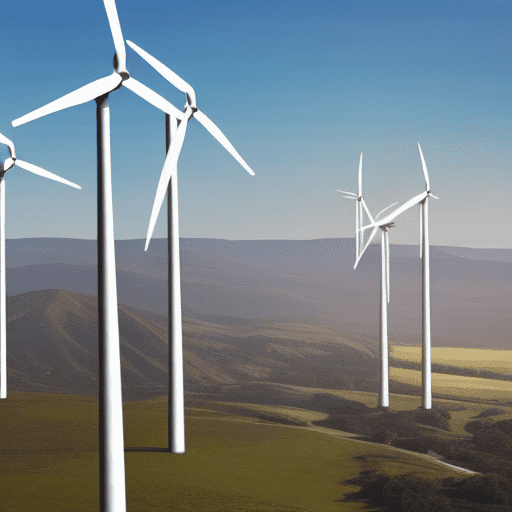
Wind turbines are powered by the movement of air. They are usually made of two or three blades, which spin when the wind pushes them. The blades spin around a central hub, or rotor, which causes the internal shaft to turn. The blades usually rotate at speeds of 30-60 revolutions per minute.
Wind power is a renewable energy source. It is produced by natural kinetic energy, which is created when pressure differences cause air to move. These differences are caused by weather patterns driven by the sun. This energy can then be used to generate electricity for homes and businesses. Wind turbines can either be single wind turbines or wind farms.
Wind turbines have several components, including a generator. This device is the key to converting wind energy into electricity. A turbine’s rotor blades work like airplane wings or helicopter rotor blades. As the wind passes over one section of the rotor, air pressure increases on the opposite side. This difference creates drag and lift forces. These forces cause the blades to rotate, which turns the generator.
What is onshore wind energy?
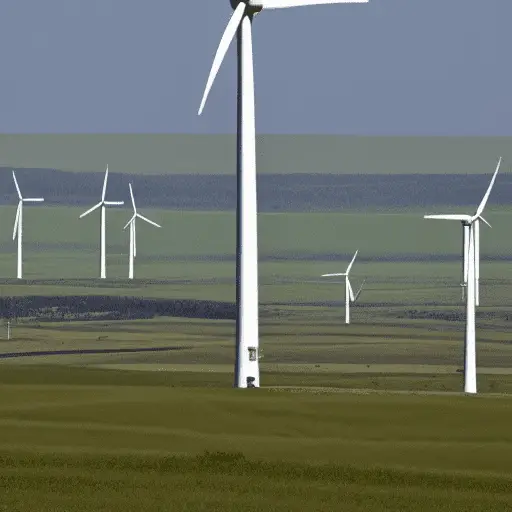
Onshore wind energy is a renewable energy resource that is being increasingly used for its clean power generation capabilities. These wind farms produce electricity for the electricity grid and are usually connected to a medium-voltage power collection system and underground cables. This medium-voltage electrical current is then increased in voltage by a transformer at a substation before it enters the high-voltage National Grid system.
Onshore wind farms consist of a number of wind turbines of different sizes. These turbines are connected to an electrical substation. This transformer converts the energy produced by the wind turbines into a high-voltage current for distribution. These wind farms are located in areas with adequate wind quantity. They can reach up to 150 metres in height. Most wind farms are community-based, but larger commercial-scale projects can provide abundant renewable electricity for the grid.
Germany has led the way in onshore wind power capacity in Europe for several years. The country is also a global leader in the development of wind turbine technology. However, the industry has struggled over the past few years. Domestic expansion of wind power projects dropped to its lowest level in over two decades in 2019. Since then, it has picked up, but it is still below the level of ten years ago. Nonetheless, the wind power industry in Germany is likely to see a quick recovery and become the leading source of power in Germany in the future.
What is offshore wind energy?

Offshore wind energy is a growing source of renewable energy. It has several advantages over onshore energy. For instance, offshore wind turbines can produce twice the amount of electricity. They also have lower visual and noise impact. Plus, they can reach hundreds of megawatts. Offshore wind turbines are also much more durable and will last for up to 20 years.
While the advantages of offshore wind energy are many, there are also many disadvantages. Offshore wind farms are prone to a number of risks, including weather, maintenance costs, innovation challenges, environmental factors, and complaints from residents. These are just a few of the concerns you should be aware of before building your offshore wind farm.
Offshore wind energy has a lot of potential to help the United States cut its carbon footprint. Increasing demand for renewable energy sources has created a lucrative market for offshore wind energy. Many nations are now making investments in offshore wind energy. Some have even begun building desalination plants and hydrogen recovery facilities near offshore wind farms.
How much electricity can a wind turbine create?
A wind turbine uses the power of the wind to create electricity. Wind is generated when the earth’s surface is unevenly heated by the sun. Wind turbines are placed on towers to capture this energy. Turbines located at higher elevations can take advantage of more stable and faster wind. The turbines use propeller-like blades to capture the wind’s energy. Usually, there are two or three blades on each shaft.
Wind turbines can generate between one megawatt and five megawatts of electricity. The exact amount of electricity produced will depend on the wind speed, but one megawatt can power approximately 300 homes each year. Wind speeds need to reach nine miles per hour or higher to produce the desired amount of electricity.
Most turbines will come with a power rating in kilowatts. This figure is similar to horsepower, but it does not reflect the energy output or fuel efficiency. Also, it does not reflect the top speed of the turbine. While the horsepower figure may be helpful for car buyers, most home buyers are only buying their first turbine.
The life of a wind turbine

A wind turbine is a large structure with a complex set of moving parts. It can be hundreds of feet high. To maximize efficiency, wind turbines have several important parameters that must be monitored. Specifically, noise emissions should be below a certain threshold. Wind turbines should also be positioned in flat areas where wind is strong.
The size of a wind turbine determines how much energy it can generate. For example, a two-megawatt turbine may have a maximum theoretical output of 17,520 megawatt-hours in a year. However, the turbine only produced about 7,884 megawatt-hours over the course of a year, due to the fact that the wind was not always blowing hard enough to generate maximum electricity.
Wind turbines typically have a lifespan of 20 years. However, due to the high demands placed on the equipment, their lifespans can vary widely. Moreover, mechanical failures are time-consuming and costly, which means that wind farms must be constantly monitored. By monitoring the equipment, operators can avoid costly failures and maximize power output.

